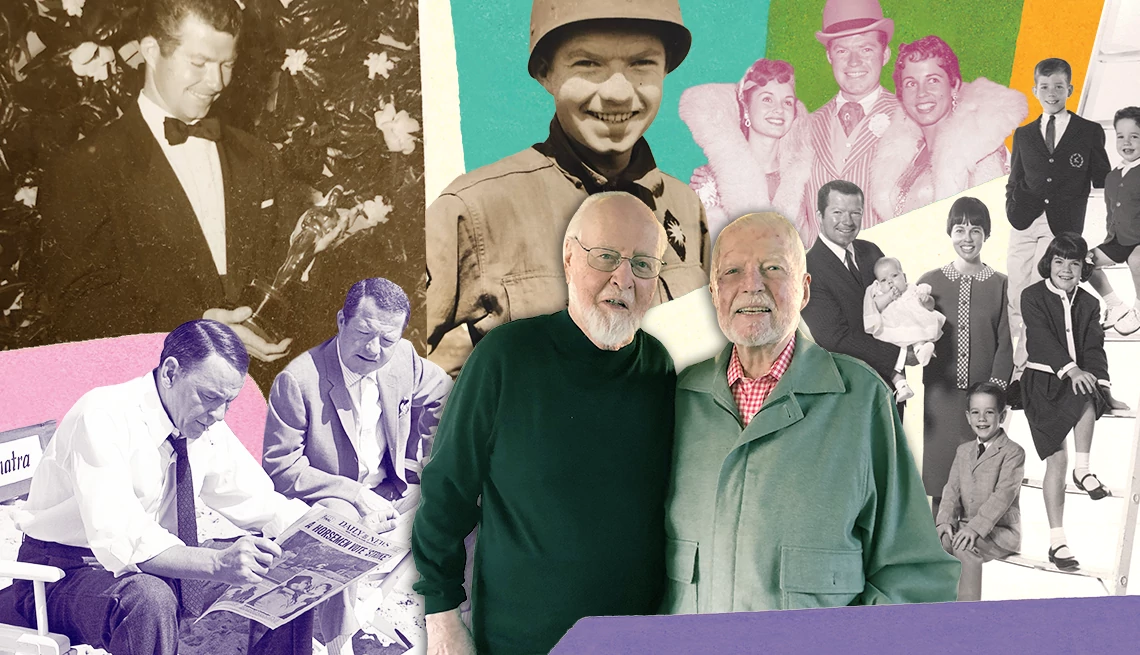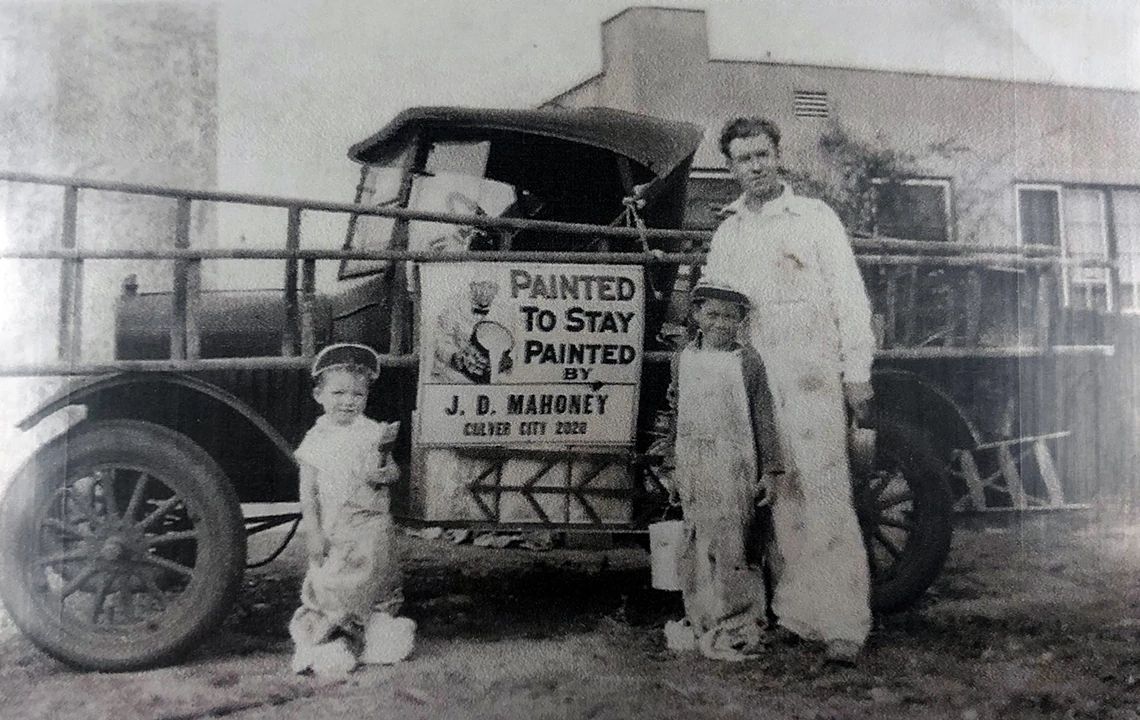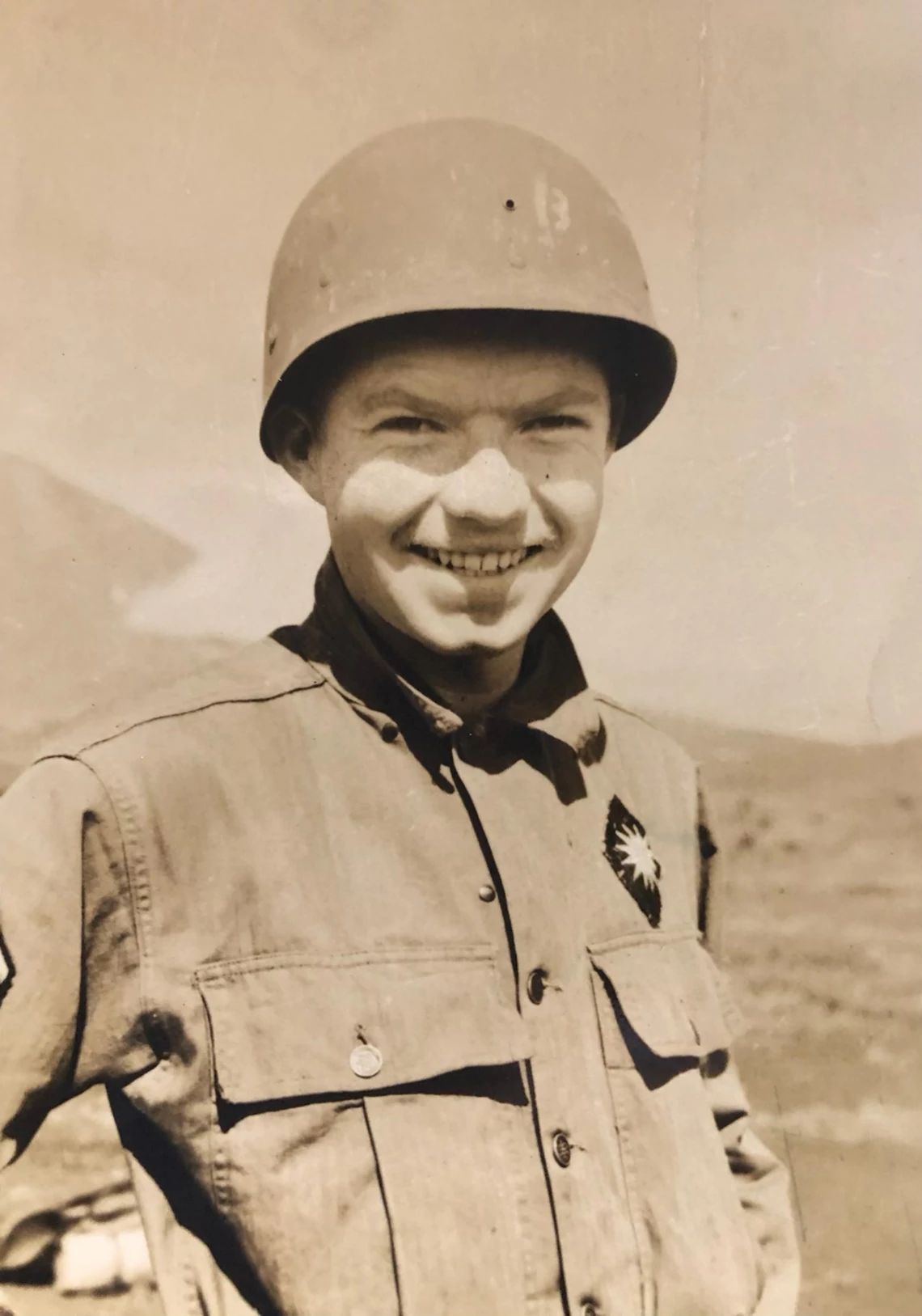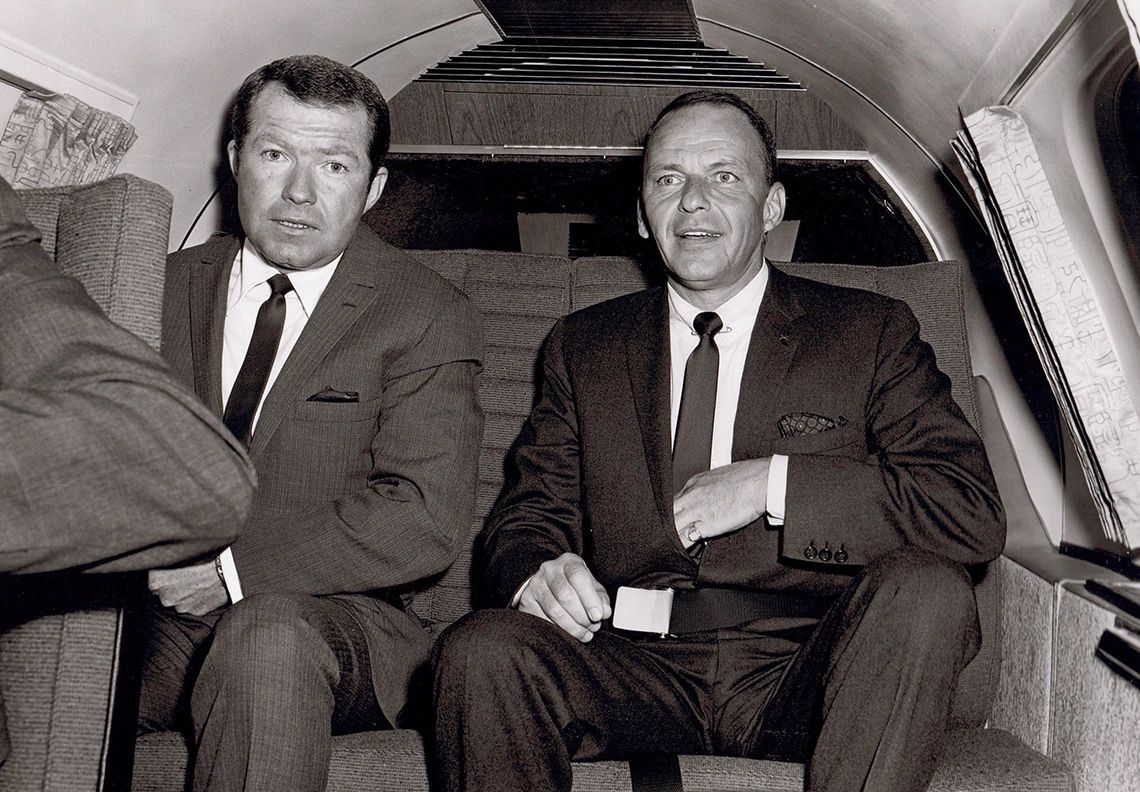AARP Hearing Center


Jim Mahoney, 96, of La Quinta, California:
I was born in Santa Monica and grew up in Culver City, right near the heart of Hollywood. I lived just a block away from what the studio people called the "40 Acres" — a vast expanse where the studios would do a lot of their outdoor filming. Among a wide assortment of sets they constructed a whole western town, a New York street, and even an Indian village. When the studio wasn’t shooting, that was our playground. My friends and I would roam the place with BB guns, acting out our own adventures, channeling the iconic stories we’d seen on screen and always avoiding the security guards.
Some of Hollywood’s most significant productions took place there; King Kong and Gone with the Wind were filmed on those very lots. I was about 11 when Gone With the Wind shot the burning of Atlanta scene. They literally set all those old sets on fire as a spectacular send-off – including King Kong’s wall. It was a major event; the whole neighborhood came out, along with every fire engine in town. They burned everything they weren’t ever going to use again.


After high school I was attending the University of Southern California (USC) when my father, a contractor and interior decorator, insisted I join him one day to a client’s home he’d just completed work on. We pulled up to a massive estate, and I had no idea whose house it was. Eventually, I was introduced, and it turns out it’s none other than Clark Gable’s home. Can you imagine? My father introduced me to Howard Strickling, Gable’s best friend and the head of publicity and marketing at MGM Studios, one of the most important men in all of Hollywood.
Gable and my dad went off to do business, and during my conversation with Mr. Strickland he asked what I was studying in school, and I joked, "Girls, of course." That must’ve impressed him because he told me to come by the studio if I was ever looking for a job and he’d see if he could find a spot for me. Gable even chimed in, saying, "If he goes to work for you, I want him to handle me." That was a sign to me, and my beginning, that was the start of my career in the entertainment business. And it worked out pretty well.


Life as a young publicist for MGM Studios
My first job at MGM was humble; I was tasked with reading newspapers — The Boston Globe, The New York Times, The LA Times — clipping out mentions of MGM, and ensuring they reached the right people. I started giving guided tours around MGM and I got pretty good at it. So much that even MGM co-founder Louis B. Mayer joked that I knew my way around the lot better than he did. I became his personal tour guide for special guests.
My timing was terrible, though. I was just right for the draft into the Korean War. Normally, if you were in the Army Reserve or National Guard, you’d hope to stay put in Beverly Hills. But as the war escalated in unexpected ways, I found myself being shipped off overseas.
From publicity stunts to the front lines


We were sent to basic training in Kansas and eventually Japan, and soon after, to Korea. I was assigned to the 160th Infantry as an artillery sergeant. When I arrived, the officer in charge took me up to a knoll and said, “This is your quarters.” It was nothing more than a foxhole—a stark contrast to the glitz of Hollywood.
The situation could get intense, especially when artillery fire came closer to our position than anyone would want. One night, the infantry officers told me we needed artillery support on a knoll that was close to our own troops. I went on patrol and called in the coordinates for the strike, fully aware of the risks. By morning, the battlefield was littered with casualties. But that’s the reality of war. My actions that day took me into enemy territory and went a little beyond my normal course of duty and earned me the Bronze Star.
Those moments of danger taught me what it truly meant to lead and protect — skills that I’d carry with me into my later career.






































































More From AARP
See These Legacy Artists Perform Before It’s Too Late
Where and when you can catch The Eagles, Billy Joel, Cyndi Lauper and moreAt 80, Craig T. Nelson Is ‘Busier Now Than I’ve Ever Been’
Actor says, ‘You just do what you can do. You work around the disabilities that show up’Fall 2024 Books Preview: 37 of the Season’s Top Reads
The latest from Liane Moriarty and Richard Powers, memoirs from Al Pacino and Connie Chung, and many more